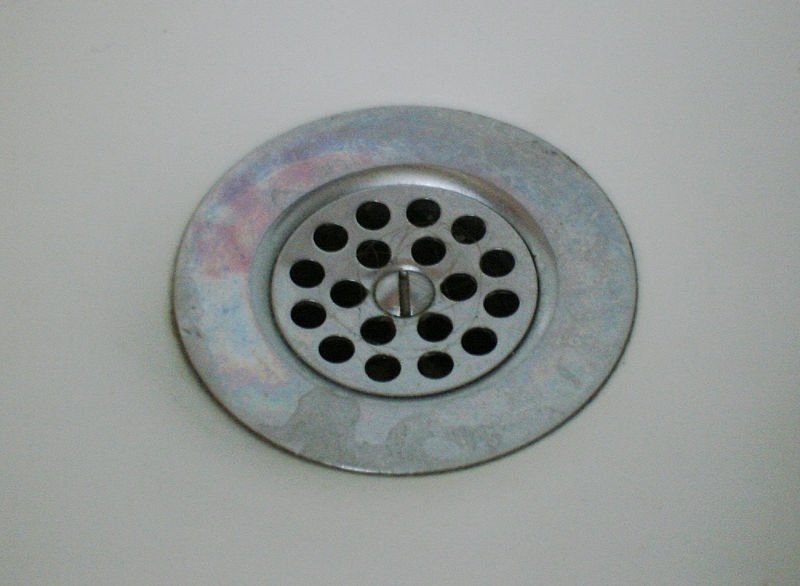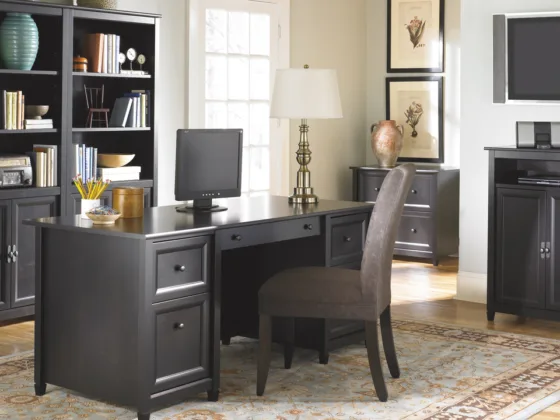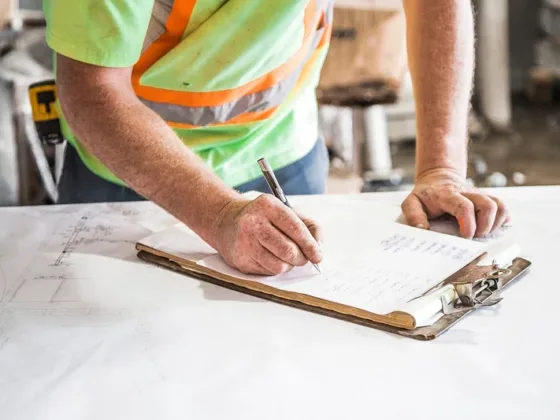Tips That Must Be Know Before Choosing the Floor Drain for Your Home

Choosing the correct floor drain for your home requires some consideration. There are different types, including steel, linear channel, and polypropylene.
You also need to know how to maintain the drain. Taking care of the floor drain will prevent standing water problems from occurring in your home or business.
Linear Channel
Linear channel floor drains are designed to prevent water from leaking into the shower or bathtub. They work by directing water toward a drain located at the threshold. Some linear drains include a glass door or a raised curb to prevent overflow.
They can also be extended to span a wide-open area, which adds extra assurance against overflow. Channel covers are made of metal grids and can be tooled into unique patterns. Many residential bathroom layouts can incorporate this type of drain.
A linear drain is a great option for people with limited mobility. These units are easy to install and remove, and they can be hidden in a tile floor to add elegance to the space. The linear design allows for easy access by wheelchair or wheelchair users, and it is ADA-compliant.
Stainless steel linear drains are also available. This type of drain is useful in high-traffic areas. Restaurant kitchens often use these drains because they are easy to clean. They can also be easily installed on nearly any surface. They are made with 304 stainless steel and are available in a variety of sizes and colors.
Another use for linear drains is in the shower. These drains have the advantage of flush-fitting against the shower wall. This eliminates the need for tiling behind the drain.
Shower splashes go directly into the channel. In addition to their flush-fitting design, new waterproofing techniques allow linear drains to feature fixed-flange channels with a built-in edge.
Linear drains are available in a variety of standard lengths and are also available in site-sizeable designs. Linear drains can be adjusted to fit a larger space by using additional drain connections or bridge pieces. They can also be installed with a common outlet or a side outlet. Horizontal side outlet drains offer the option of rerouting the outlet if necessary.
Another option for a linear channel drain is the Schluter(r)-KERDI-LINE, which features a low profile and is designed for bonded waterproofing assemblies. The low-profile KERDI-LINE allows the tile to be installed adjacent to the drain and creates interesting design opportunities.
Read Also:
Polypropylene
Polypropylene floor drains are available in a variety of styles and configurations for a variety of applications. Polypropylene drains are a great choice when dealing with chemical spills because of their ability to safely manage liquids.
These drains can be fitted with a variety of different features, including sediment buckets and adjustable strainers. In addition, they can be equipped with threaded or plain end outlets.
Steel
Floor drains are plumbing fixtures that are installed on the floor of a building. They are typically circular but may be square or rectangular. They have a grating, usually made of metal, over which water drains. Often, floor drains are installed in the basement of a home, near a water heater or a washer and dryer.
These drains are made from stainless steel, which is corrosion-resistant. They have a high tensile strength of 530 N/mm and good ductility and toughness.
They are also 100% recyclable. Stainless steel is the ideal material to use for floor drains. Today, steelmaking technology allows steelmakers to easily cut, weld, and machine the material for floor drains.
Stainless steel floor drains can be installed on most types of floors. They are especially useful in kitchens, where chemicals and fats are commonly used. They can be installed on vertical or horizontal outlets, and they can be adjusted to match the grade of the area. These drains can also be installed with liquid membranes or sheet membranes.
Floor drains in both residential and commercial settings are critical to the proper drainage of wastewater. Without them, you might have to deal with a lot of standing water that is difficult to remove. Standing water is also dangerous to health, and it can harbor bacteria. If you do not have floor drains, you could end up putting yourself and your family in danger.









